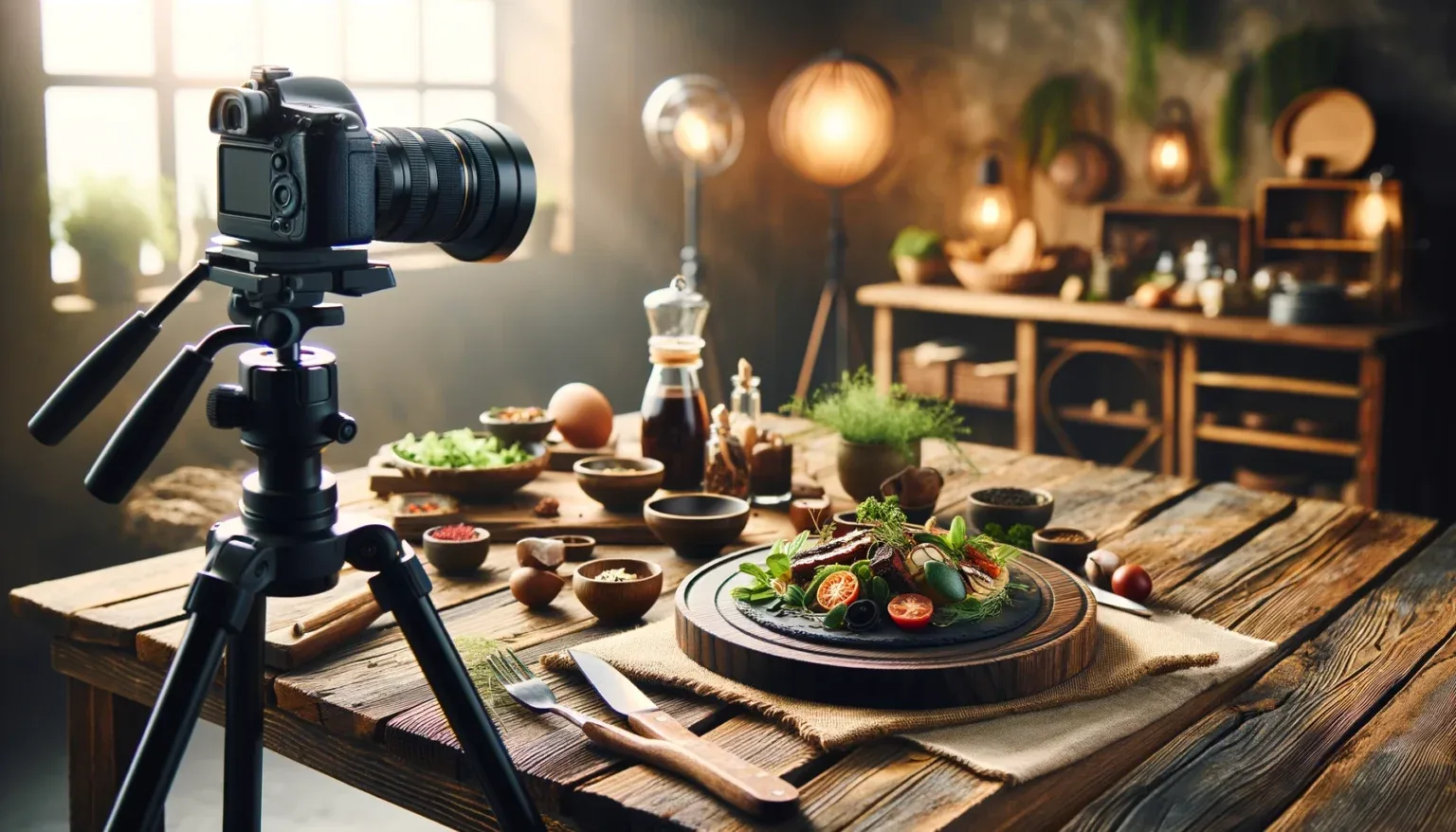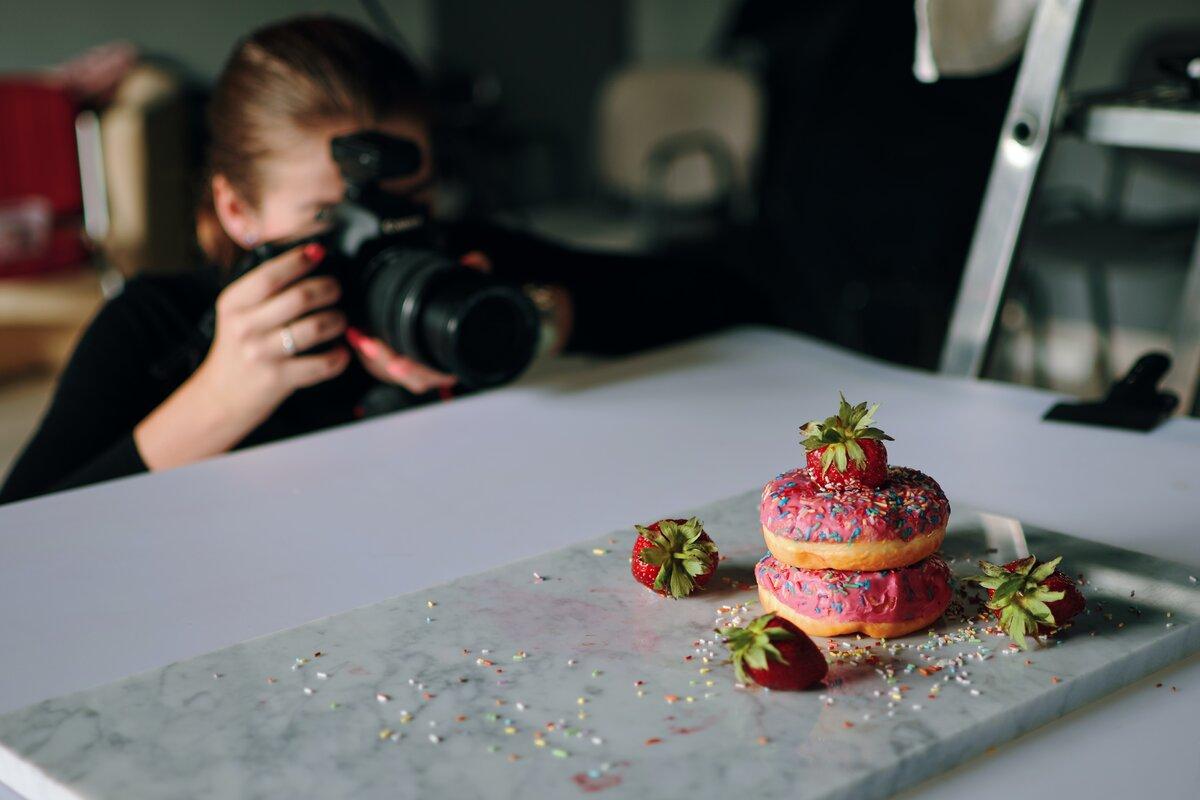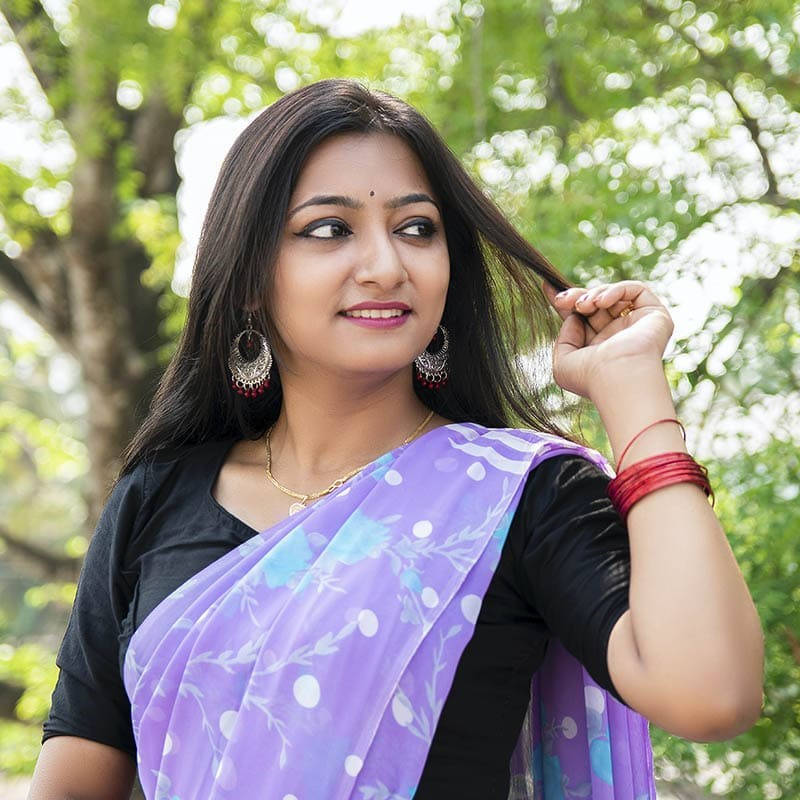- 6645
- 4

Food Styling Essentials: Tips for Visually Appealing Dishes
Approaches to Food Styling
-
Natural Light & Composition. This method emphasizes utilizing available natural light to highlight textures and colors, combined with thoughtful arrangement within the frame. It aims for an authentic, inviting visual presentation.
-
Color Harmony & Texture Play. Focusing on the interplay of hues and varied surface qualities, this technique enhances visual interest. Strategic color contrasts and textural layering create depth, making dishes captivating.
-
Prop Integration & Storytelling. Beyond the dish, this approach incorporates background elements and props to build a narrative. It adds context and personality, transforming a simple plate into a compelling visual story.
Evaluation Criteria for Styling Methods
-
Visual Impact & Appeal: Assess how effectively the styling captures attention and stimulates appetite. Consider the immediate aesthetic draw and overall attractiveness.
-
Practicality & Efficiency: Evaluate the ease of implementation and the time required for execution. This includes the complexity of techniques and setup.
-
Authenticity & Realism: Determine if the styling accurately represents the dish without artificiality. It should look genuinely appetizing and true to its nature.
-
Resource Requirements: Consider the need for specialized equipment, extensive preparation, or specific environmental conditions. This includes both material and skill needs.
Comparative Analysis of Styling Approaches
Natural light and thoughtful composition offer significant visual impact, creating a soft, inviting glow that enhances food’s natural beauty. This approach often feels organic and relatable. In terms of practicality, it's highly efficient, requiring minimal specialized equipment beyond a good camera and a well-lit space. Setup is generally quick, making it ideal for dynamic environments where speed is key.
The authenticity is high with natural light styling; it presents food as it would naturally appear, fostering trust and appetite. There’s little room for artificial enhancement, maintaining realism. Resource requirements are relatively low. The primary need is access to suitable natural light, which can sometimes be a challenge depending on location or time of day, but it avoids costly studio lighting setups.
Color harmony and texture play excel in creating vibrant, dynamic visual appeal. Strategic use of contrasting or complementary colors, alongside varied textures, can make a dish pop and feel sophisticated. This method requires a keen eye for detail but can be quite practical. It often involves careful ingredient selection and plating, which can be integrated into standard kitchen workflows with proper planning.
Authenticity with color and texture styling is maintained by emphasizing the dish's inherent qualities, though careful execution is needed to avoid an overly "designed" look. The focus remains on making the food itself the star. Resource requirements are moderate; it primarily demands a diverse palette of fresh ingredients and creative plating tools. No complex lighting or extensive props are typically needed, making it accessible.
Prop integration and storytelling offer immense visual impact by creating a rich, immersive scene around the food. This approach can evoke emotions and narratives, making the dish memorable. However, its practicality is lower due to the increased complexity. It demands more time for prop selection, arrangement, and scene setup, potentially slowing down production. Coordination of elements is crucial for a cohesive look.
Authenticity in storytelling styling depends on how well the props enhance, rather than distract from, the food. When done thoughtfully, it adds unparalleled depth without artificiality, reinforcing the dish's origin or theme. Resource requirements are the highest among these methods. It necessitates a curated collection of props, often specific to a theme, and potentially a larger styling area. Skilled stylists are essential for effective execution.
Recommendations for Method Selection
For businesses prioritizing speed and natural appeal, especially in high-volume content or daily specials, natural light and composition is the optimal choice. It provides consistently appealing visuals with minimal setup. This method excels at showcasing fresh ingredients and elegant presentations, letting the food speak for itself, and is highly efficient for rapid content generation.
When the goal is to highlight the artistry and complexity of a dish, color harmony and texture play should be prioritized. This approach suits fine dining or promotional materials where visual sophistication is paramount. It demands plating detail but yields captivating images, elevating the perceived value of the cuisine and creating a strong aesthetic statement.
For campaigns requiring a strong narrative or brand identity, prop integration and storytelling offers unparalleled depth, transforming dishes into engaging experiences. While demanding more resources, it creates emotional connections. Often, the most effective strategy for Circliatheo clients involves a hybrid approach, adapting elements to ensure every dish looks truly unforgettable.
Thoughtful styling transforms a dish into an unforgettable visual.





Manas Khatri
This article provides excellent insights into food styling. The breakdown of approaches is clear and concise. I particularly found the emphasis on natural light very helpful for my small cafe. Great job, Circliatheo!